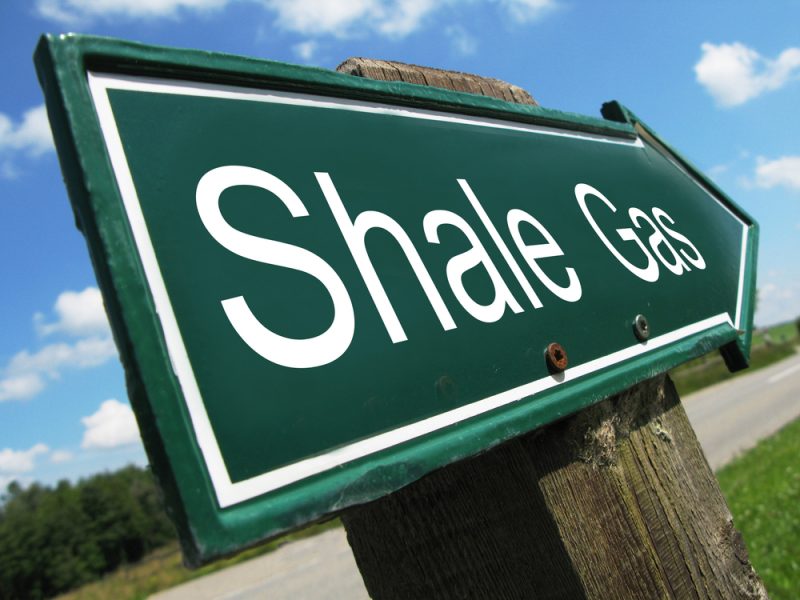NETL seismic monitoring to stimulate predictions of shale gas production

Researchers at the National Energy Technology Laboratory (NETL) are conducting a comprehensive analysis of recorded seismic activity to improve predictions of stimulated reservoir volume (SRV) for shale gas wells.
In particular, the researchers are recording and analyzing low-frequency seismic events of long duration, a kind of seismic tremor previously ignored as “noise.” Scientists now believe this “noise” may reflect the deformation of weak, non-brittle rock within formations of shale.
Previous research has associated low-frequency seismic events with either slow deformation of weak rocks or slow slippage along pre-existing cracks not aligned with Earth’s natural stress field, caused by gravity and surrounding rock layers. The slower rate of rock deformation causes seismic activity that can easily be distinguished from brittle rock microseismic events.
The NETL researchers will work to develop a more comprehensive methodology for SRV calculation that incorporates low-frequency seismic events caused by non-brittle rock deformation.
“When your picture is more complete in terms of rock deformation, you can have a much better estimation of how much oil and gas can be produced,” Abhash Kumar, a researcher for AECOM working with NETL’s Field Monitoring Team, said.
Kumar also noted that improved seismic analysis could enable natural gas producers to create 3D models of subsurface rock cracks, which they could use to focus recovery efforts where the greatest deformation occurred.
